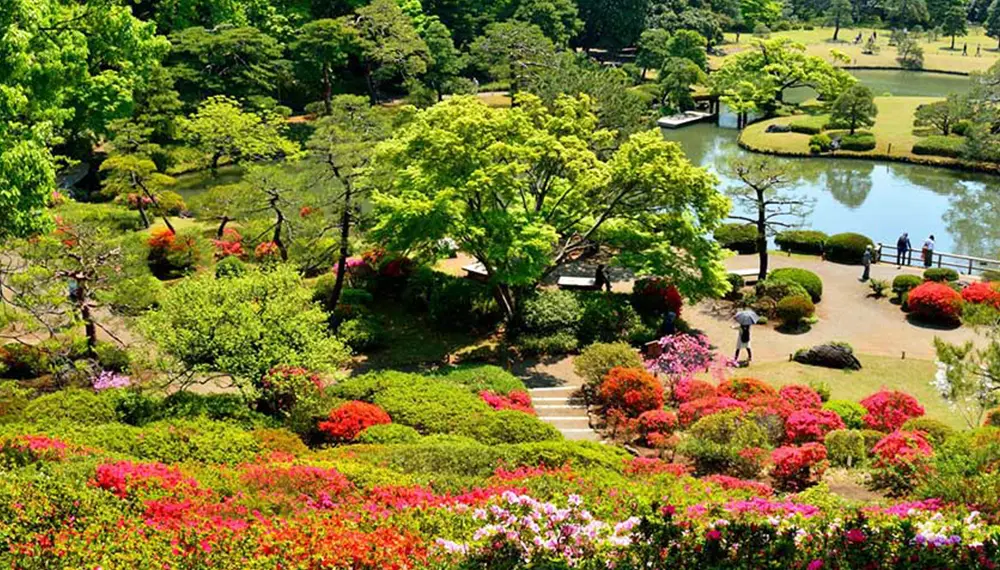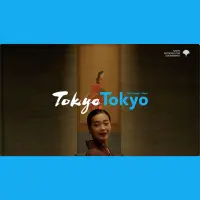
- Share this page
Paratager cette page
- FR
Select Language
- FAVORITES
- Rechercher
Recherche détaillée : vous pouvez faire une recherche détaillée avec un mot clé, une catégorie, une période ou un tag.
Début du contenu principal
- Accueil |
- EXPERIENCES |
- Histoire et culture d’Edo
Histoire et culture d’Edo

Explorer par centres d'intérêt
Comprendre la période d’Edo de Tokyo et la culture japonaise
Edo est l’ancien nom de la ville de Tokyo, et l’époque d’Edo désigne une fascinante période de l’histoire du Japon entre le début du XVIIe et le milieu du XIXe siècle.
Cette période a commencé en 160, lorsque le shogun Tokugawa Ieyasu mit fin à une longue période de guerre civile et prit le contrôle du Japon pour établir le shogunat des Tokugawa à Edo.
Durant les 265 années qui suivirent, le pays connut la paix, la croissance économique et une explosion des arts et de la culture. Un grand nombre de traditions et de formes d’art, que les gens du monde entier associent au Japon, sont apparues à cette époque.
En 1868, lors de la restauration de Meiji, la ville rebaptisée Tokyo devint la capitale du Japon et commença à se développer pour devenir l’immense ville moderne que nous connaissons aujourd’hui. Mais le passé d’Edo reste présent dans toute la ville. Dans certains quartiers, jardins et musées, on peut encore apercevoir les traces de cette époque révolue.
Découvrez l’histoire et la culture vivantes d’Edo à Tokyo.
Recommandations
- Apprenez comment Edo est devenue le Tokyo moderne
- Découvrez les traditions vivantes dans le Tokyo moderne
- Découvrez les racines de Tokyo en vous promenant dans les quartiers qui conservent des traces de la période d’Edo
Musée métropolitain d'Edo-Tokyo : un voyage d’Edo à Tokyo
Le musée métropolitain d’Edo-Tokyo a ouvert ses portes en 1993 en tant qu’espace de réflexion sur l’histoire et la vie d’Edo-Tokyo et dans le but d’envisager la ville et la vie dans le futur. Installé dans un bâtiment conçu sur le modèle d’un entrepôt au plancher surélevé, le musée est un lieu touristique très populaire de Tokyo depuis son ouverture.
L'exposition permanente, avec ses originaux et ses répliques, offre aux visiteurs un voyage à travers les 400 ans d’histoire d’Edo-Tokyo depuis l’arrivée de Tokugawa Ieyasu à Edo. Outre l’exposition permanente, le musée accueille, cinq ou six fois par an, des expositions spéciales dans la galerie du rez-de-chaussée et organise de nombreux événements, dont des conférences et des ateliers sur l’histoire et la culture d’Edo-Tokyo.
Nous espérons que le musée pourra devenir le centre de Tokyo pour la création d’une nouvelle culture, ainsi qu’un lieu reposant pour les visiteurs.
* Musée métropolitain d'Edo-Tokyo : réouverture prévue le 31 mars 2026.
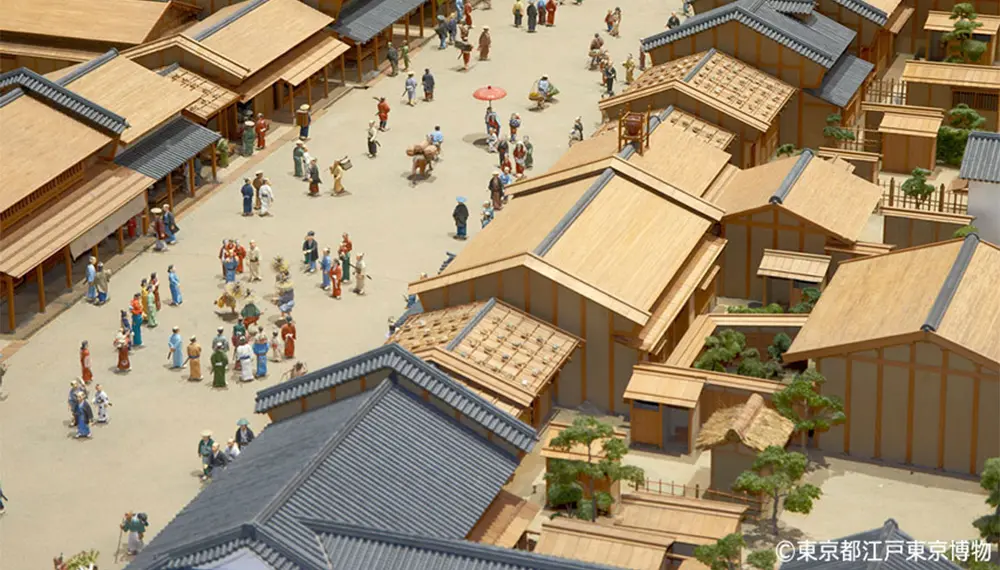
Musée d'architecture en plein air d'Edo-Tokyo : des bâtiments montrant les modes de vie d’autrefois
Le musée d’architecture en plein air d’Edo-Tokyo, créé en 1993 par le gouvernement métropolitain de Tokyo, est un musée qui expose des bâtiments entiers, qui ont été déplacés ou reconstruits dans un immense parc.
Les constructions à l’architecture ancienne comprennent d’élégantes maisons, des fermes et des magasins. Les bâtiments ne datent pas exclusivement de l’époque d’Edo, mais couvrent un large pan de l’histoire du Japon jusqu’au XXe siècle.
On y trouve trois zones : Ouest, centre et Est. La zone Ouest présente un large éventail de résidences. La zone centrale propose le centre d’accueil des visiteurs à l’intérieur d’un ancien palais. Enfin, la zone Est comprend divers bâtiments commerciaux, dont un bar, un atelier de tailleur et une épicerie.
À l’intérieur de certains bâtiments se trouvent des restaurants et des cafés où vous pourrez savourer l’histoire d’Edo, ainsi que des boutiques de souvenirs proposant notamment des jouets d’époque.
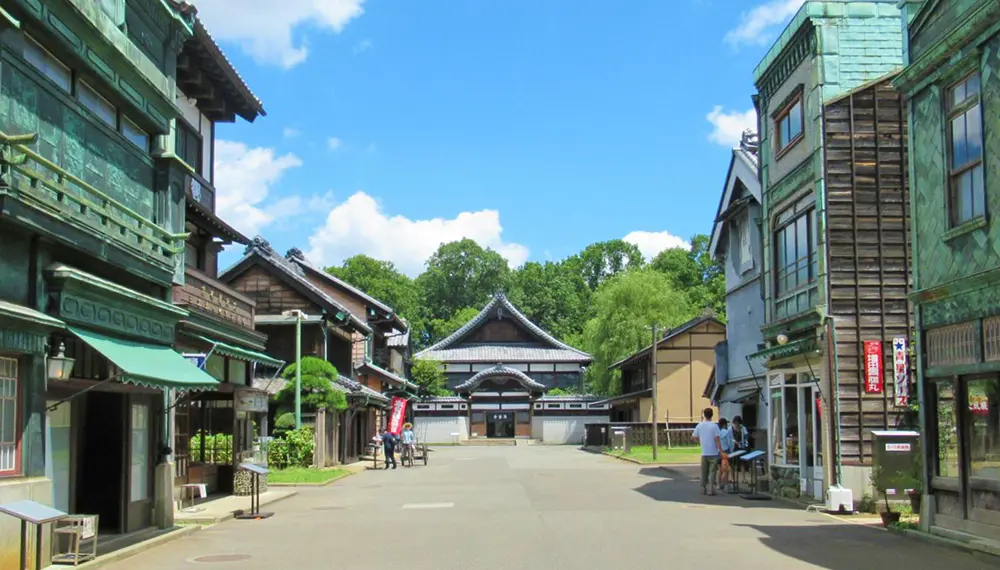
Ryogoku Kokugikan : le centre de la culture du sumo
Juste à côté du musée métropolitain d’Edo-Tokyo, on peut apercevoir le toit vert et doré du Ryogoku Kokugikan. Depuis plusieurs siècles, le quartier de Ryogoku est le berceau du sumo, le sport national du Japon, et le Kokugikan est une salle dans laquelle se déroulent les plus grands moments du sumo. Ce stade, d’une capacité officielle de plus de 11 000 places, accueille trois à six grands tournois annuels de sumo (honbasho) en janvier, mai et septembre. Durant les 15 jours de tournoi, des bannières colorées bordent la rue devant le stade. Même si votre emploi du temps ne vous permet pas d’assister à un tournoi, vous pouvez toujours vous rendre au musée du sumo de Kokugikan et à la boutique de souvenirs.
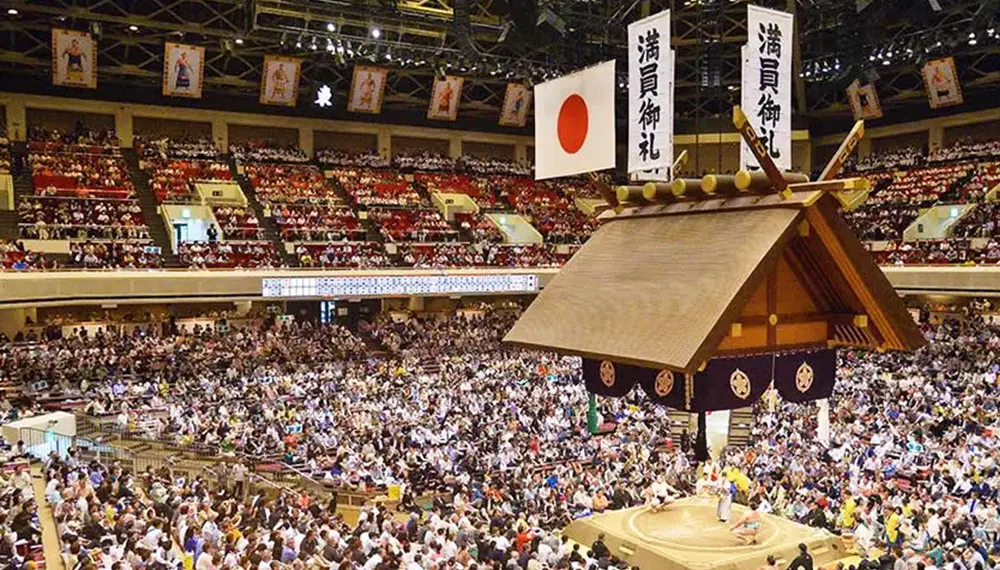
Théâtre Kabukiza : une scène qui conserve les traditions vivantes
Le kabuki, l’art du spectacle traditionnel le plus célèbre du Japon, est apparu au début de l’époque d’Edo. De nombreuses pièces écrites au fil des siècles offrent un aperçu coloré de la vie à l’époque d’Edo. Le meilleur endroit pour voir du kabuki est le théâtre Kabukiza à Ginza, fondé à la fin du XIXe siècle. Même si vous n’avez pas de billet pour un spectacle, le Kabukiza propose de nombreuses découvertes et expériences : les amusantes boutiques de souvenirs de la place commerçante Kobiki Hiroba, le jardin sur le toit au 5e étage et le sanctuaire Kabuki Inari Daimyojin situé à l’extérieur du Kabukiza.
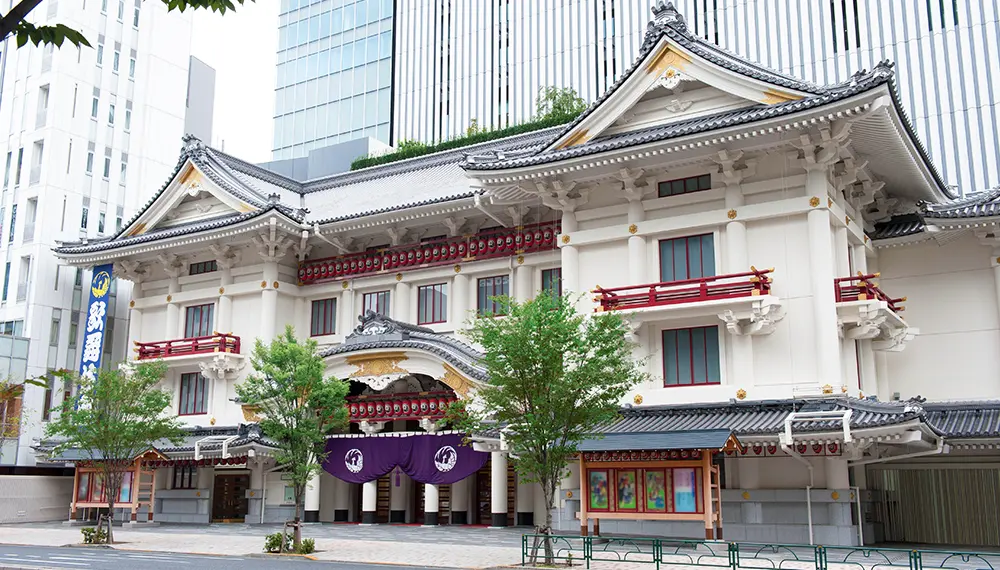
Photo courtesy of Shochiku Co.,Ltd. and Kabukiza Co.,Ltd.
Pont Nihombashi : le kilomètre zéro de Tokyo
Le pont Nihombashi a été construit en 1603, l’année de la mise en place du shogunat des Tokugawa. Cet endroit pionnier d’Edo était le point de départ des cinq grandes routes qui reliaient Edo à Kyoto et aux autres lieux importants du pays. Aujourd’hui, ce pont est situé au kilomètre zéro, le point à partir duquel sont mesurées toutes les distances entre Tokyo et le reste du pays.
Le quartier autour du pont était à l’origine le centre-ville d’Edo. C’était un quartier commerçant où l’on vendait de la nourriture, des vêtements et bien d’autres produits. Au XXIe siècle, le quartier conserve son identité, avec un mélange de grands magasins imposants et de vendeurs indépendants dans les rues secondaires. Aujourd’hui, le quartier moderne de Nihonbashi est un fascinant mélange d’ancien et de nouveau, avec de vieux sanctuaires qui côtoient une étincelante architecture contemporaine. Le simple fait de se promener dans le quartier donne une idée du Tokyo d’autrefois.
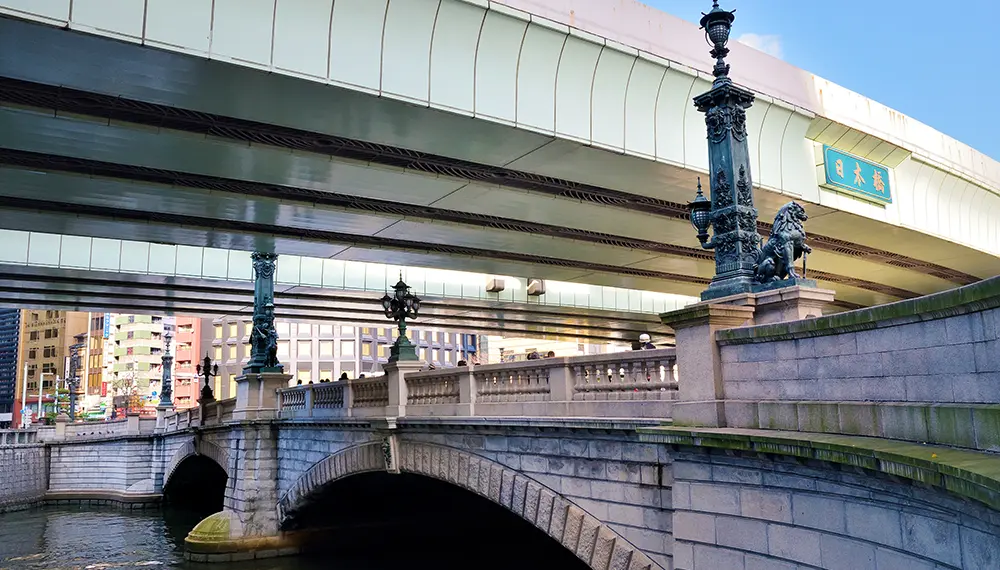
Jardin Rikugien : une promenade à travers la poésie d’Edo
Le jardin Rikugien offre un aperçu différent de l’époque d’Edo, à l’écart du bruit et de l’agitation du centre-ville. Il s’agit d’un jardin paysager conçu par un aristocrate de haut rang en 1695. En son centre, on trouve une colline et un étang artificiels, entourés par tout un réseau de chemins sinueux. Certains endroits ont été conçus pour représenter des poèmes (le nom « Rikugien » est lié à la poésie japonaise). Ces endroits, chacun indiqué par une pierre, sont parfaits pour faire des photos pour votre Instagram.
Le jardin révèle toute sa beauté au printemps, lorsque les cerisiers sont en fleur, et en automne, lorsque les feuilles d’érables et de zelkova deviennent rouge ardent. Durant ces saisons, le jardin propose des horaires d’ouverture prolongés, avec des éclairages créant à la nuit tombée un paysage à couper le souffle.
